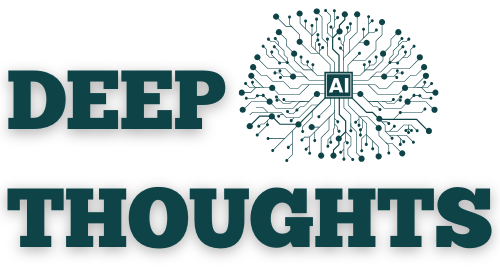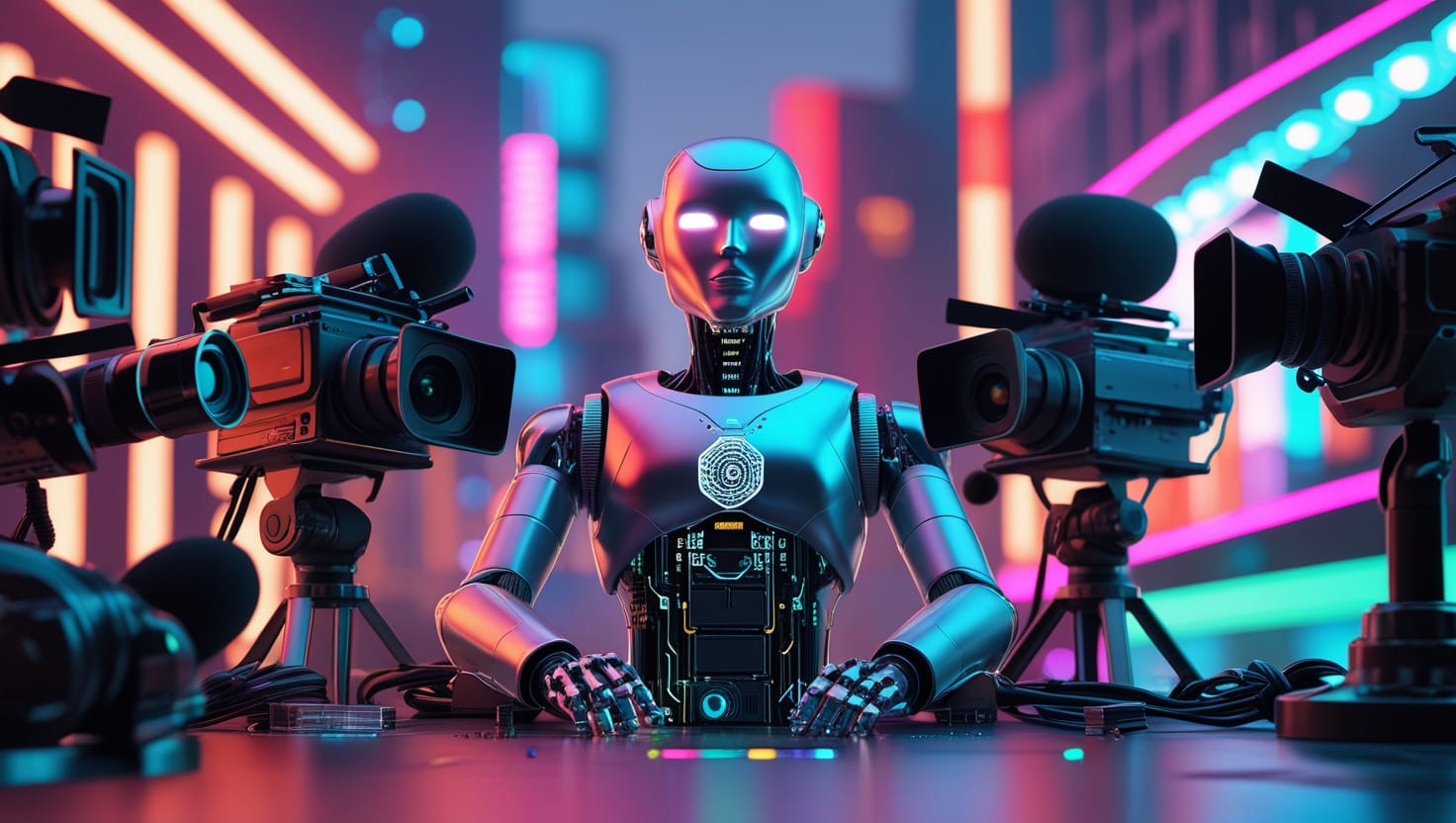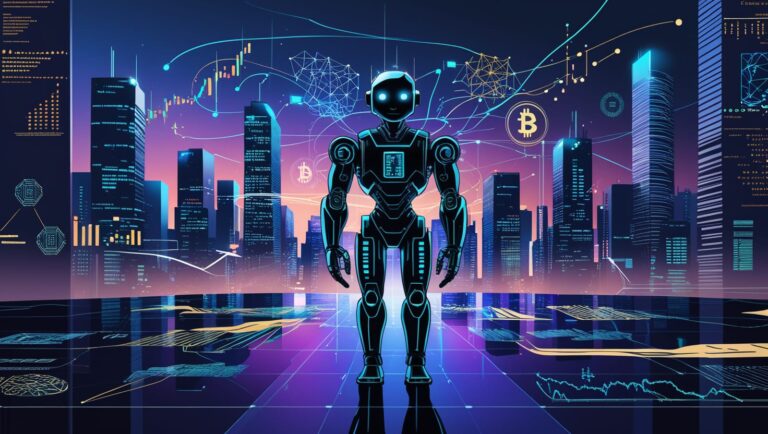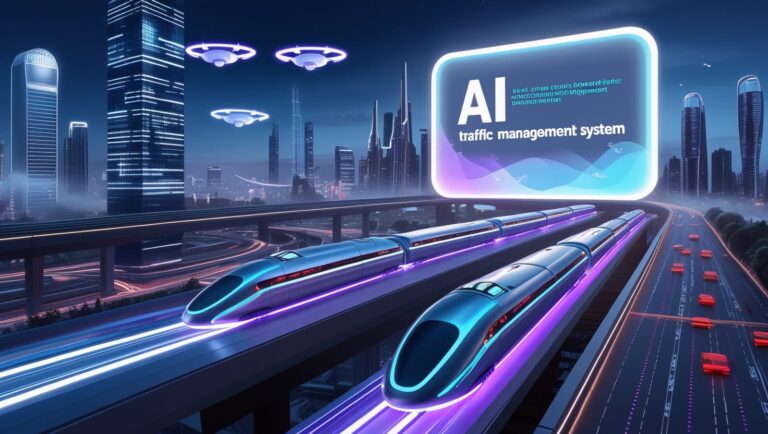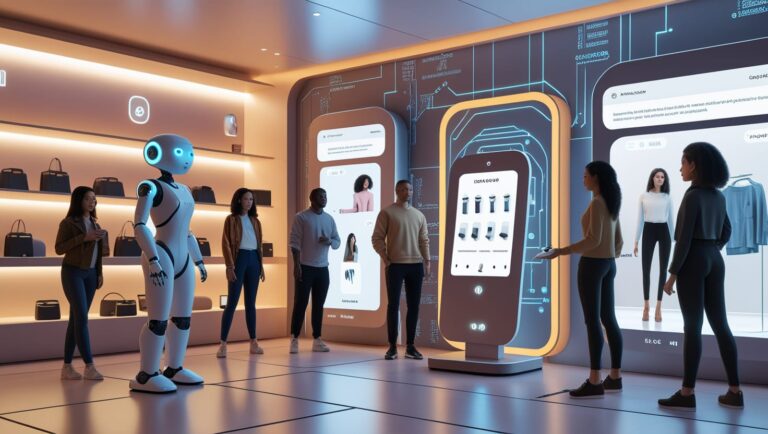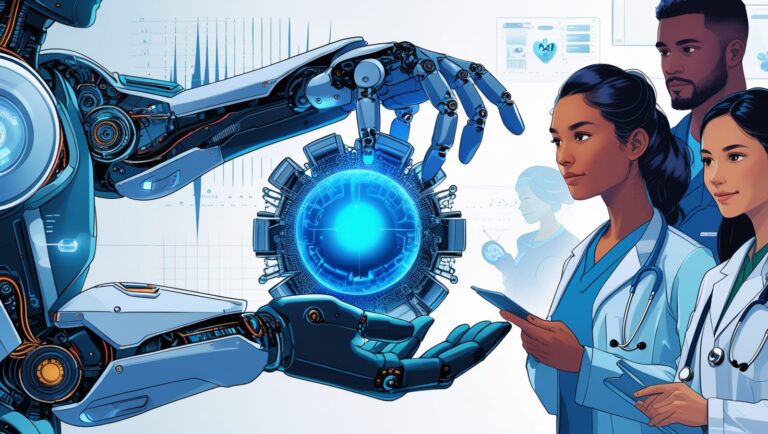Revolutionizing Content Creation and Consumer Experience
Artificial Intelligence (AI) is transforming the entertainment industry in ways that were once unimaginable. From creating personalized recommendations to enhancing content creation processes, AI is reshaping how we consume and interact with entertainment. The application of AI technologies in entertainment spans a wide array of areas, including film and television, music, gaming, and live events. In this article, we explore the various ways AI is revolutionizing the entertainment world and the benefits and challenges it presents to the industry.
What is AI in Entertainment?
AI in entertainment refers to the integration of artificial intelligence technologies—such as machine learning, natural language processing (NLP), computer vision, and data analytics—into various aspects of the entertainment industry. AI is used to enhance content creation, improve the consumer experience, and optimize business operations.
By processing vast amounts of data, AI enables entertainment companies to better understand consumer preferences, automate repetitive tasks, and even create new forms of art and entertainment. From personalized streaming recommendations to AI-generated music, AI is opening new creative possibilities for both producers and consumers alike.
Key Applications of AI in Entertainment
AI is already making significant waves in different facets of the entertainment industry. Here are some of the most notable applications:
1. Personalized Content Recommendations
One of the most popular and impactful uses of AI in entertainment is in content recommendations. Streaming platforms like Netflix, Spotify, and YouTube use AI algorithms to analyze users’ viewing or listening habits, preferences, and interactions with content to provide tailored recommendations. By processing vast amounts of data, AI systems can predict what content a user is likely to enjoy, leading to higher engagement and customer satisfaction.
Example: Netflix’s recommendation algorithm is powered by AI and analyzes a user’s watch history, ratings, and the behavior of similar users to suggest TV shows and movies. This has become a core feature of streaming services, helping users discover new content and keeping them engaged on the platform.
2. AI-Generated Content
AI is also being used to generate content in the entertainment industry, particularly in areas like music, writing, and even video production. AI-driven tools can analyze patterns in existing works and create new music, generate scripts, and even produce visual effects.
- Music: AI has been used to compose original music, blending styles and genres, and creating new sounds. AI platforms can analyze existing music datasets to generate unique melodies, harmonies, and rhythms. AI music generators are already being used in video game soundtracks, film scores, and other media.
Example: OpenAI’s MuseNet and Jukedeck use AI to generate original music tracks. These AI systems can mimic the style of renowned composers, such as Beethoven or The Beatles, or create entirely new compositions from scratch.
- Writing and Scripts: AI tools like OpenAI’s GPT models have been used to create written content, from short stories and poems to screenplays. AI is now capable of understanding narrative structures and can generate coherent scripts based on specified themes, characters, and dialogue.
Example: In 2020, an AI-generated script was used to create a short film called “Sunspring,” written entirely by an AI program named “Benjamin.” The result was a surreal and humorous film that demonstrated the potential of AI in content creation.
- Video and Visual Effects: AI is also being used to generate visual content, including computer-generated imagery (CGI) and special effects. AI-powered algorithms can create lifelike characters, enhance visual storytelling, and even de-age actors or recreate performances.
Example: Deepfake technology, powered by AI, has been used in the film industry to superimpose actors’ faces onto different bodies, create realistic CGI characters, or even digitally resurrect deceased actors for posthumous appearances.
3. AI in Video Games
The gaming industry is one of the most exciting areas where AI is making a big impact. AI is used in gaming to create intelligent non-player characters (NPCs), generate realistic environments, enhance gameplay, and improve player experiences.
- NPC Behavior: AI is used to create realistic and adaptive NPCs that react dynamically to the player’s actions, creating a more immersive experience. NPCs can adapt to a player’s strategies, making games more challenging and interactive.
Example: In games like The Last of Us and Grand Theft Auto V, AI is used to control the behavior of NPCs, making them appear lifelike and responsive to the player’s decisions.
- Procedural Generation: AI-driven algorithms are being used to create vast, open-world game environments. This procedural generation allows for unique game worlds with endless possibilities, ensuring that no two gameplay experiences are exactly the same.
Example: Minecraft uses procedural generation to create infinite worlds, and No Man’s Sky uses AI to generate vast galaxies and planets, each with its own unique ecosystems, species, and landscapes.
4. AI in Animation and Visual Arts
AI is revolutionizing the way animated films and visual art are created. AI tools can help streamline animation processes, automate time-consuming tasks, and generate lifelike characters and scenes. Additionally, AI algorithms can enhance the creativity of artists by offering suggestions, improving design processes, and even assisting in the creation of new artistic styles.
- Animation Assistance: AI-powered animation tools can help speed up the animation process by automating tasks like in-betweening (creating the frames between keyframes), facial animation, and character rigging.
Example: Disney has used AI in its animation pipeline, particularly in creating more natural character movements. Their research in AI-driven animation focuses on improving the efficiency of character design and movement while maintaining the creative quality of the animations.
- Art Creation: AI is also being used to create entirely new forms of art. AI-generated visual art uses deep learning models to produce paintings, sculptures, and digital art that reflect various styles and genres.
Example: The AI program DALL·E (developed by OpenAI) can generate creative and detailed images based on text prompts, allowing artists to explore new visual ideas. Artists and designers are increasingly using AI tools to enhance their creativity and visualize new concepts.
5. AI in Live Performances and Events
AI is also making its mark in live events, such as concerts, theater productions, and other performances. AI is used to enhance the audience experience, automate lighting and sound effects, and even create interactive experiences.
- Concerts and Music Events: AI-powered systems can analyze audience behavior in real-time, adjusting lighting, sound, and visuals based on the mood of the crowd. AI can also be used to create dynamic, interactive performances that respond to the audience’s reactions.
Example: In 2019, the band The Chemical Brothers used AI to create real-time visuals during their concerts, which adapted to the music and audience engagement, enhancing the immersive experience.
- Theater and Interactive Experiences: In theater, AI can be used to create immersive, interactive experiences that change depending on the audience’s choices and actions. AI-powered systems can control lighting, sound, and even actor interactions, creating a dynamic and personalized performance.
Example: The interactive theater experience Sleep No More uses AI to guide audience members through different scenes, creating a unique, individualized story for each viewer.
Benefits of AI in Entertainment
The integration of AI into entertainment offers a wide range of benefits, including:
- Personalized Experiences: AI allows for tailored recommendations, ensuring that users are exposed to content that aligns with their interests and preferences. This leads to increased engagement and satisfaction with platforms.
- Cost and Time Efficiency: AI helps automate time-consuming tasks, such as content editing, animation, and scriptwriting. This can reduce production costs and accelerate the creative process.
- Enhanced Creativity: By handling repetitive tasks, AI frees up creators to focus on more innovative aspects of their work. AI can also inspire new forms of creativity by generating novel ideas, music, scripts, or visuals.
- Improved Interactivity: AI enables more interactive experiences in gaming and live performances, offering users more control and personalized content.
Challenges of AI in Entertainment
Despite its many benefits, AI in entertainment also faces some challenges:
- Ethical Concerns: The rise of AI-generated content, including deepfakes and AI-assisted music, raises concerns about authorship, intellectual property rights, and the potential for misuse. Ensuring that AI-generated content is properly credited and used ethically is a growing concern in the industry.
- Quality Control: While AI can generate content quickly, it may not always produce work that meets the same artistic or creative standards as human creators. Balancing AI’s efficiency with artistic quality is an ongoing challenge.
- Audience Reception: The introduction of AI in content creation might lead to resistance from some audiences who feel that AI-generated art lacks the emotional depth and human touch of traditional works.
The Future of AI in Entertainment
The future of AI in entertainment is incredibly promising. As AI technologies continue to advance, we can expect even more innovative uses of AI in content creation, personalization, and performance. With the rise of virtual reality (VR) and augmented reality (AR), AI’s role in entertainment will become even more immersive, providing audiences with unparalleled experiences that are tailored to their individual preferences.
In the future, AI might not just be a tool used by creators—it could become a collaborator, helping to push the boundaries of artistic expression and entertainment.
Conclusion
AI is changing the entertainment industry in profound ways, enabling creators to work more efficiently, offering personalized experiences to consumers, and even generating new forms of art. From self-generating music and AI-driven gaming to live performances that respond to audience interaction, AI is opening new creative doors in entertainment.
While challenges around ethics, quality control, and audience acceptance remain, the potential for AI to reshape the entertainment landscape is immense. As the technology continues to evolve, AI will likely continue to play a pivotal role in defining the future of how we create and consume entertainment.
